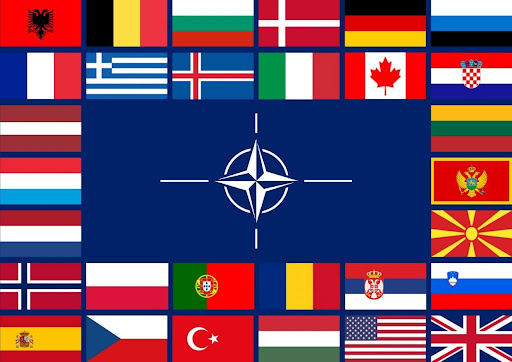A new five percent of GDP defense spending target for NATO is on the horizon, but early obstacles are emerging, signaling potential cracks in alliance consensus. Spain has already secured an exclusion from the full commitment, and President Donald Trump has asserted that the United States should not be bound by the figure, raising concerns about the universal application of the ambitious new goals.
The proposed five percent target is divided into two distinct components: 3.5 percent dedicated to core military expenditures, a significant jump from the current two percent benchmark, and 1.5 percent for broader security enhancements like infrastructure upgrades, cyber resilience, and societal preparedness. For many nations, particularly those with economic constraints, meeting the 3.5 percent core defense spending requirement will be a formidable task, exemplified by Spain’s current 1.28 percent allocation.
Spain’s Prime Minister, Pedro Sánchez, confirmed his country’s special arrangement, revealing that the forthcoming NATO summit communique will omit the phrase “all allies” when referencing the new spending target. This could set a precedent for other members, such as Belgium and France, to seek similar concessions, potentially diluting the overall impact. Trump’s continued criticism of allied contributions and his branding of Canada as a “low payer” further highlight the internal tensions.
The rationale for this substantial increase in defense outlays is clear: a deepening concern among European leaders about Russia’s aggressive posture and its perceived threat to the continent’s security. NATO experts project that comprehensive defense plans against a Russian attack necessitate at least three percent of GDP investment. While a 2032 deadline has been proposed for achieving the five percent target, the debate over its achievability and the overall timeline for implementation continues.
Cracks in Consensus: NATO’s 5% Defense Target Faces Early Obstacles
32


